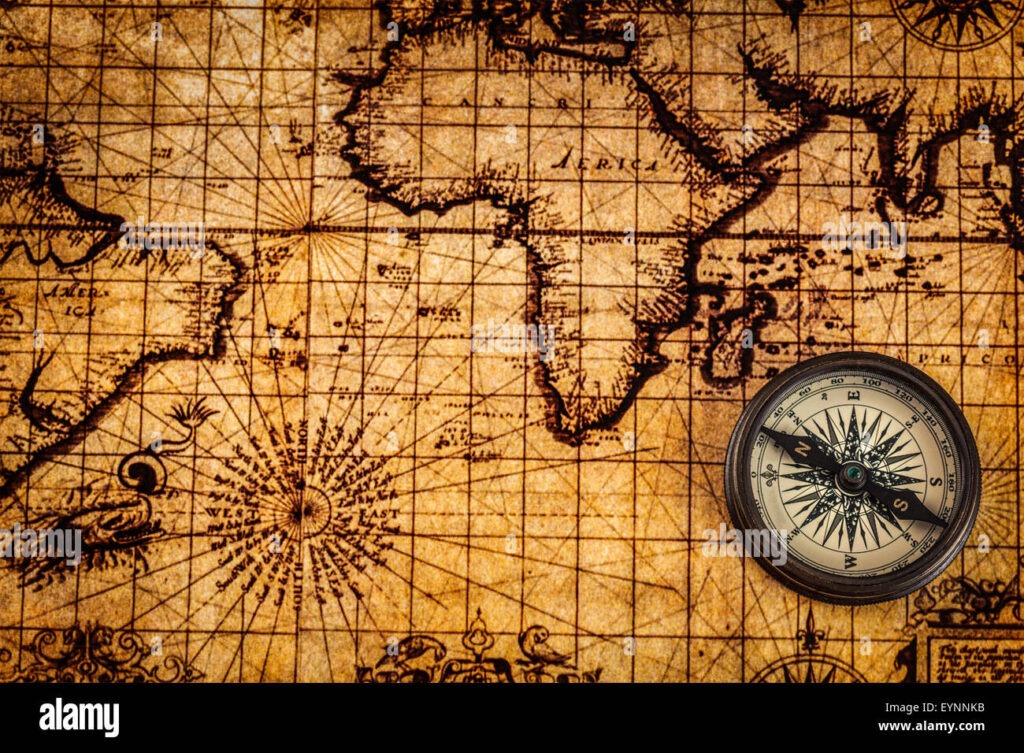Maps have always been vital in shaping our understanding of the world. They guide explorers, inform travelers, and serve as a historical record of our planet’s geography. Old maps, in particular, offer a fascinating glimpse into the past, revealing how people once viewed the world. This article delves into the allure of old maps, their significance, and where to find them.
The Historical Importance of Old Maps
Old maps serve as crucial artifacts in the study of history and geography. They reflect the knowledge and beliefs of their time, showcasing the political, cultural, and economic contexts that influenced their creation. For instance, maps from the Age of Exploration (15th to 17th centuries) illustrate the expanding horizons of European explorers, depicting newly discovered lands and trading routes. Similarly, ancient maps, such as those from the Middle Ages, reveal how medieval Europeans perceived the world, often with a strong focus on religious and mythological elements.
1. Cultural Reflection
Each old map tells a story about the society that produced it. They often highlight trade routes, territorial claims, and even mythical lands. For example, the Mappa Mundi, a medieval European map, places Jerusalem at the center, indicating the religious significance of the time. Analyzing these maps helps historians understand cultural priorities and beliefs of the eras they represent.
2. Scientific Progress
The evolution of cartography mirrors advancements in science and technology. Early maps were often drawn based on explorers’ accounts, leading to inaccuracies. However, as navigation improved, so did the accuracy of maps. The transition from flat representations to more spherical depictions reflects growing knowledge of the Earth’s shape and size.
Famous Old Maps to Explore
There are countless old maps that have shaped our understanding of the world. Here are a few notable examples:
1. The Ptolemaic Map
Created in the 2nd century AD by Claudius Ptolemy, this map is one of the earliest known to represent the world systematically. It laid the groundwork for future cartography and influenced map-making for centuries.
2. The Tabula Rogeriana
Commissioned by the Arab geographer Muhammad al-Idrisi in 1154, this map represents the world as known to the Islamic world at the time. It provides valuable insights into the geography of Europe, Asia, and North Africa.
3. The Waldseemüller Map
Produced in 1507, this is the first map to use the name “America.” It symbolizes the shift in European perception of the world after Columbus’s voyages and is a milestone in the history of cartography.
Where to Find Old Maps
If you’re intrigued by old maps, there are several places where you can explore or even acquire them:
1. Libraries and Archives
Many national and university libraries house collections of historical maps. The Library of Congress in the United States and the British Library in the UK have extensive online collections available for public viewing.
2. Antique Shops and Online Auctions
Antique shops and online platforms like eBay and Etsy often feature old maps for sale. These can range from affordable reproductions to rare originals, appealing to collectors and history enthusiasts alike.
3. Museums
Many museums, especially those focusing on history or geography, display old maps in their exhibitions. Visiting these institutions can provide context and enrich your understanding of the maps’ significance.

I’m not really an author, nevertheless I do love to read and I also know very well what I like. I also understand high quality writing when I see it and this is terrific.
I am thrilled that I came across this post! You actually have really made the points clear and your material is easily readable since you have formatted it really well. Thank you for your outstanding job!
I actually appreciate you for compiling this particular really decent post. This info is very well-researched and intriguing. I became so involved in this content material that I couldn’t make myself stop reading through. Thank you for producing really decent quality job.
This article is distinctive as well as informative. You actually seized my focus immediately along with your views. I actually have to say I absolutely agree with plenty of your own views. This is really good reading.
I really like looking at completely new info on virtually any subject matter, as long as the composing is intriguing. This specific write-up is intriguing. I personally like it. Lots of the points explained right here are good and I also concur.
Going through this write-up made me think. That is great quality info that anybody must be able to comprehend and use. Your ideas are valid and I agree with you personally.